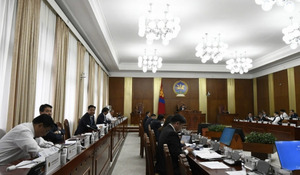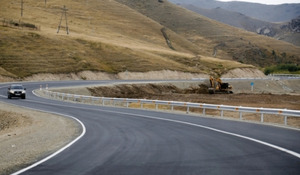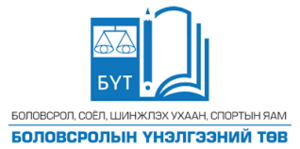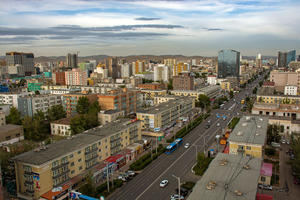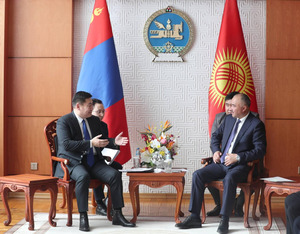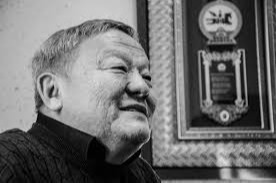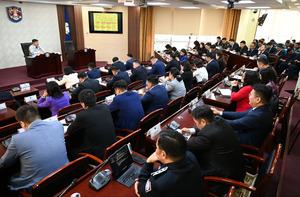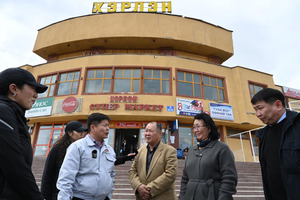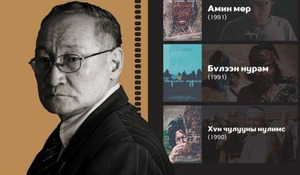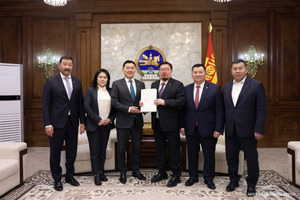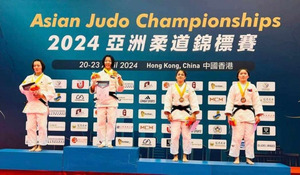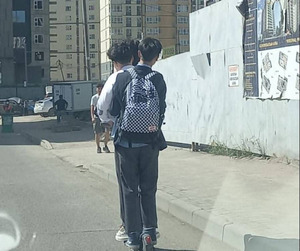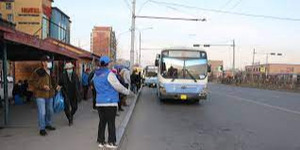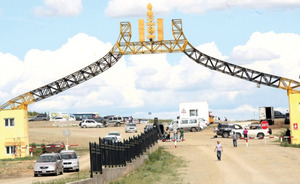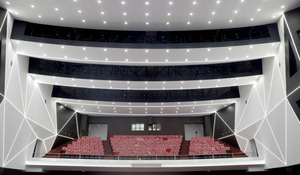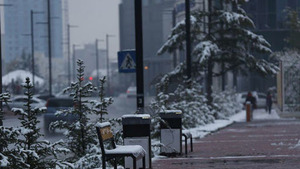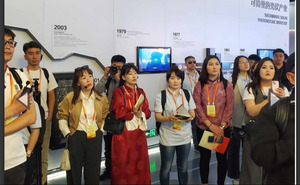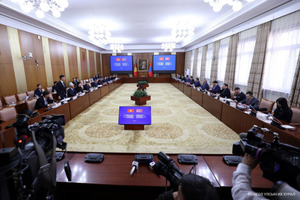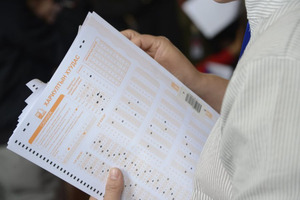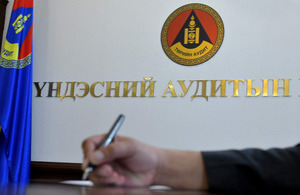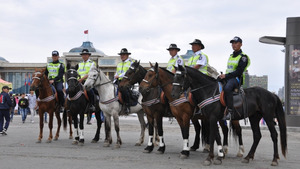We interviewed Mr. Battulga Erkhembayar, the Director of Ulaanbaatar Tourism Department, regarding tourism potentials of the city. 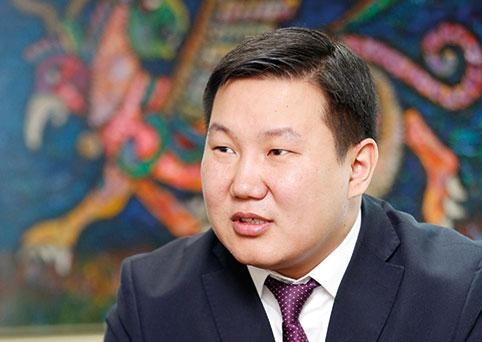
-May we begin our conversation about one of your projects titled “Hospitable Ulaanbaatar”?
-Sure. To simply put, this is a program about making our city a tourism destination, not just as a transit city. The city cannot always rely on taxpayers’ money. Our goals are to generate income from revenues spent by travelers and contribute to the city growth. Consider that an average international traveler on a package tour is spending more money for one day than what is the monthly minimum salary for Mongolians. We take tourism as a serious revenue source, thus the “Hospitable UB” project was born and approved by the city council.
-Why is it “Hospitable UB”? This seems like is the trendiest name among UB goers these days. There’s now even a store named “Hospitable UB” and festivals called “Hospitable UB”.
-In the 1921 issue of the National Geographic, the author declared that even the most poverty stricken family would welcome you into their home and offer you with what they had. As long as you followed the rule, the home was yours. On one of his books, I.M Maisky claimed that it was almost impossible to encounter with any angry faced Mongolian riders and that their custom of hospitality was legendary. Other books of various explorers of the period shared similar points. Mongolians have possessed this quality of hospitality for hundreds of years and it was the goal of this program to franchise UB tourism with it as well as the whole service industry. We want to brand UB with the image of friendliness.
The word “Hospitable” was chosen with the goal of making the service officers friendly. The program could actually be taken as a hUB consisting of three distinctive components. The first one is called “Historic UB” and we aim to renovate and improve historic buildings for tourism. The second component is called “Harmonious UB”, featuring performing art and cultural events. The third component is “Hospitable UB”. We simply want to make UB’s attitude towards foreigners friendlier and move onto all branches of the service industry. Our international marketing tag line is “Historic, harmonious and hospitable UB”. The program has been launched for just few months now. As you put it, with the participation of everyone, I believe we can “trend” friendliness.
-Being friendly is one thing. Safety is another major factor of quality?
-Absolutely. Our tourist info centers are dedicated to providing safety tips and security related information to the foreign travelers who can also call the centers’ info line for any comments or complaints related with sub-standard services. At about 40 destinations in the city, we have placed policemen and student volunteers with training of hospitality and English language. We have currently placed a petition to the Ulaanbaatar Police Department about creating a division specifically tasked with assisting foreign victims of pickpocketing, robbery and assault on a timely manner which we trust will be accepted.
-Mongolia just participated at the ‘ITB Berlin 2015’ travel expo as the official partner country. The city was one of the key exhibitors. How is the city’s current commitment to international marketing? What is your take on the expo?
-Every major world cities, even smaller towns and villages create their unique selling point and attract international travelers. The city started formulating its marketing efforts based on surveys and researches available to study the characteristics of each target markets. This will allow us choose the right venue to reach them whether it is an exhibition, online advertising, professional magazines or paid articles. The city will be focusing on the North East Asian region. However, I’m excited that the kick start of our program in turning UB into a tourist destination was laid down at ITB, the world’s leading travel trade show. The timing was perfect since this was the year Mongolia participated was the official partner. At the business meetings of world’s top travel professionals who collectively steer about 1 billion tourists annually, we were able to pitch Mongolia and Ulaanbaatar as a travel destination. The city tourism department dedicated a portal site at www.ulaanbaatour.mn, created a smart phone application; produced winter and summer tourism promo videos and printed plentiful marketing brochures. The advertisement itself however is not sufficient to reach our target goal. We ought to add more international flights, make our pricing competitive, promote more fair competition, introduce visa on arrival, online and group visa. If we can do these, our goal can be reached within 2-3 years.
-When you were in charge of the Tourism Director of the Ministry few years ago, I remember you used to promote Mongolia as a nomadic culture with pristine nature. The city has a complete different attribute and competitiveness. What is the chance of attracting tourists to UB and make them spend their cash for the economy?
-Two of world’s most traveled nations are our two neighbors. We are located in the midway of the two and we are seeing this as a great potential. In addition, there are estimated 10 million ethnic Mongolians living outside of the country. For them Ulaanbaatar, as the nation’s capital, is the key destination. We are not too much concentrated on tourist numbers. What we want is to be able to attract quality travelers who are willing to spend more nights in the city who in return should be awarded with friendly and top quality service. This plan requires us to find efficient ways of calculating total bed nights spent so that we can have a more accurate economic picture. We are studying the method of taxation based on the bed nights spent by guests, tied closely with the customs registration. If we can achieve this lodging tax, we shall have means to finance the city promotional activities and other tourism based projects, instead of relying solely on the taxpayers’ money.
In most countries, the capital city serves as the hub of their domestic tourism market. In our case, it is the opposite. We don’t want UB to be imagined as the central square, “Narantuul” or formerly the “black market” and the Wrestling palace. We want anyone coming to the city to be able to purchase package tours with reasonable price, which includes excursions, meal, accommodation and guide service all of which could be booked either in person or through on-line registration. Or if you want, you should be able to purchase easy-to-use city maps, mobile application and guide book so that you can visit many of the city’s historic sites. The country receives estimated 400,000 tourists annually yet the number of Mongolians traveling abroad is four times larger. We need to reverse that and focus on promoting domestic traveling.
In tourism and hospitality management, you probably know already that the most important parts are first impression and post-trip feedback. The first impression stays with the person throughout the journey while the feedbacks have the power of either making it or breaking it as far as spreading the word around goes. Words have the power of turning people around and planting a seed of visiting the destination. About 92% of the incoming tourists to Mongolia pass through the city. Therefore, the city is in unique position and responsibility to catalyze the country’s tourism sector. Considering the aforementioned domestic and international opportunities, its unique position as a commercial and infrastructure hub and financial opportunities, the city has a bright future for increased tourism output. Each year, there are new business hotels, trade centers and chain restaurants are opening and tourism initiatives are taking place. I think the confidence of the investors is one positive indicator not to be ignored.
-What type of tourism products does the city want to promote?
-Two factors play crucial role in promoting a destination. The first one is geographic location and the second one is cultural tie. Closer the destination is to the target market, better it is for creating a large traffic. Farther it is, lesser the number of people who will visit. That is why almost 90% of the tourists are from Russia, China and South Korea. We have the opportunity to promote cultural tourism using our historical ties and geographic proximity. “The Mongol Naadam” complex under construction is one of the major projects the city is implementing with the aim to promote cultural tourism. We renovated the Zaisan Hill complex. The project paper to develop Gandan Monastery area into a cultural tourism district has been completed. All historical sites of the city now bear addresses both written in Mongolian and English with background info. All these are first steps in promoting cultural tourism. Within this year, we shall develop Saridag Monastery ruins into a tourism destination site. The Governor of the Capital City and Mayor of Ulaanbaatar has proposed to reestablish the tradition of organizing Danshig Naadam events, previously organized by monastic entities up until early 20th century. Within the year 2015, we are planning to organize 32 international festival and public events in the city. Events have the merit of creating an image for the destination and spark interests. As you know, the Rio Carnival creates the urge of visiting Brazil and attending this glamorous event. We want to create events that are unique to the capital city and something that attracts souls and minds of people from all corners of the world. We are rich with cultural tourism resources.
-You studied in Australia and these folks have successfully boosted their economy through mining and tourism. Thanks to the mining boom in the last 5 years, UB became one of the major business centers of the region. What can we do to promote business tourism?
-Regional disputes of politics, lands and border bring real negative impact to business tourism. Whereas when we have political and economic stability, the door is open to business travellers. Today, anyone from any part of the world, of whatever nationals you are, can visit Mongolia by air or land and is visa free for the most. The city ensures fair business atmosphere without any restrain on belief or race and I think it is a unique quality of ours in the region. Since business tourism goes beyond the traditional travel season of the summer months, this could potentially be a great barrier breaker of Mongolia’s seasonal dependence of the sector. In collaboration with UB’s 4 and 5 star hotels, we have started promoting up to 50% discount rate for hotel accommodations from November to May. The city and its affiliated institutions are making efforts to organize international meetings and workshops in UB during the low season. This way, we want to reduce our weight on the summer demand of transportation and accommodation. This can be seen as the first of many steps to take us closer to our goal.
-What benchmarking policy does the city have in terms of evaluating the quality of future UB tourism branded initiatives?
-Destination regions now undergo the principles of 5G which stand for “Entertainment-Excitement-Education-Expertise-Experience” as well as 5S which stand for “Security-Safety-Sanitation-Service-Satisfaction”. Any city in the world who possesses these qualities will win the hearts and souls of travelers. That is where we are heading to.
Thank you for your time.
